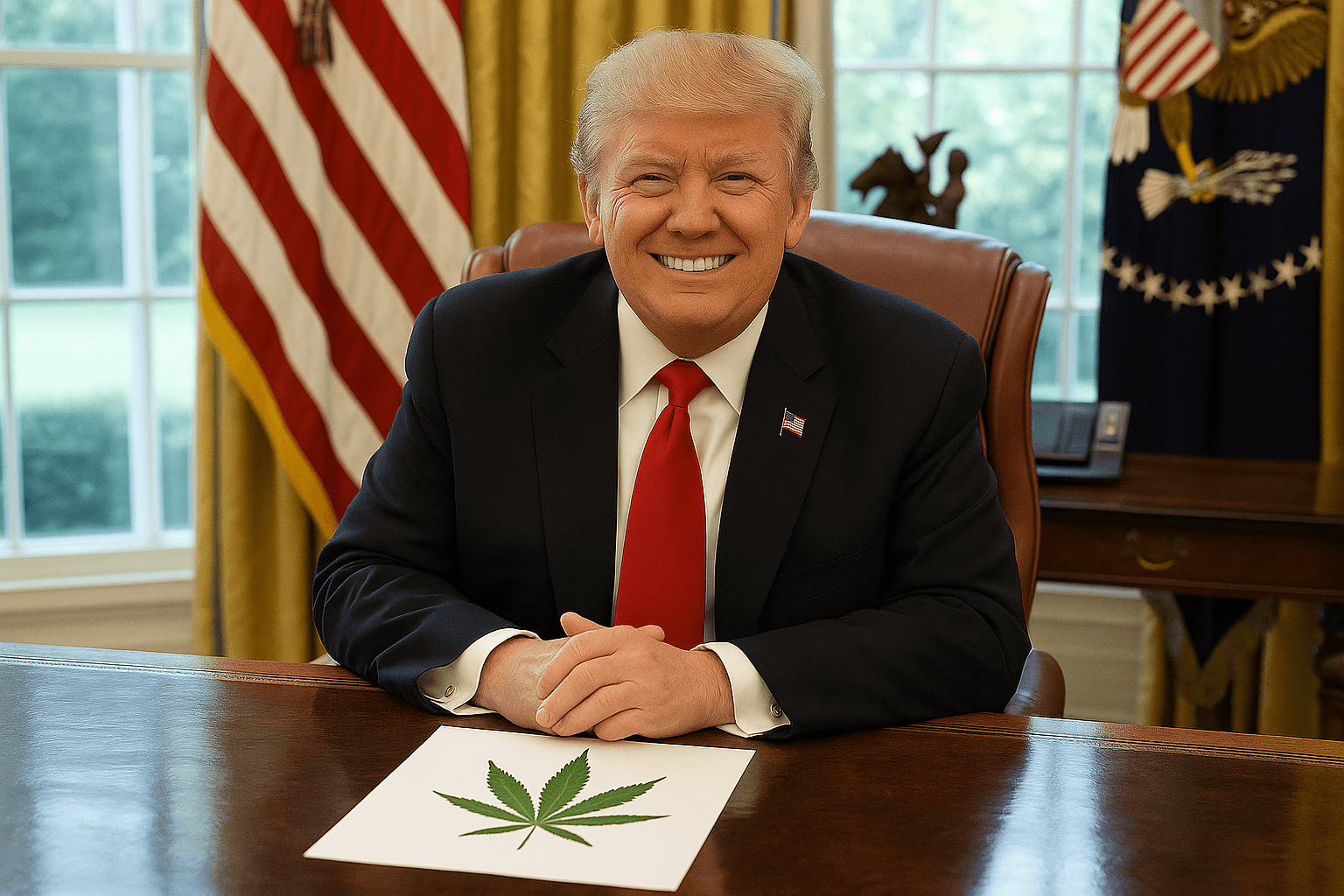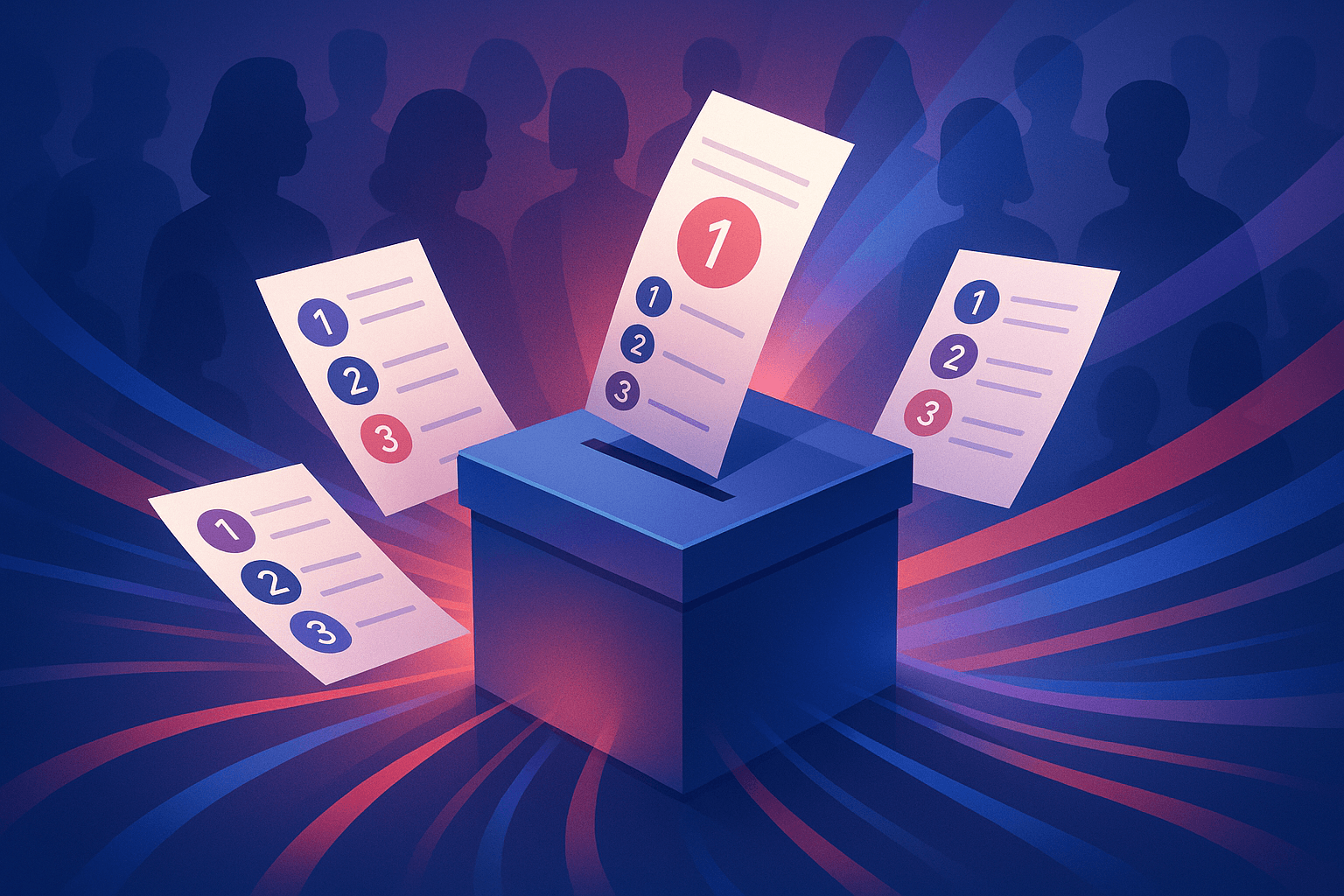Business Leaders Need to Create Safe, Inclusive Environments in Times of Crisis

This is an independent opinion. Have one of your own? Write it! Email it to hoa@ivn.us
Although the pandemic presents many new risks for organizations, this can also be a good time to adopt strategies to reduce harassment and prevent conflict and violence now and over the long term as we continue to shift into the new world of work.
During the times immediately following the pandemic, more attention will be paid to getting as many employees as possible back into the physical workplace. Therefore, very little attention will be focused on conflict and violence in the workplace. This could result in a serious increase in workplace violence and harassment post-COVID-19. We have to consider the amount of personal and professional stress that each human being will be bringing back into the workplace upon their return. That post-traumatic stress isn’t simply going to go away because employees are going back to work.
In fact, studies have examined the link between mental health and violence following the Great Recession (2001-2010), Farm Crisis (1980’s), and Great Depression (1930’s). More recently, an NIH Study (April 12, 2020), “An increasing risk of family violence during the COVID-19 pandemic: Strengthening community collaborations to save lives,” concluded that because of the length of COVID-19 closures, an “increase in family violence reports during and after COVID-19 may be even greater than the substantial increase observed in reports following other natural disasters and catastrophic events.” All this will contribute to the expected rise in workplace violence.
Most people would be surprised at how big of a problem workplace violence is — 12,000 threats a day and 8,000 assaults per day in the U.S. According to OSHA, about 2 million people each year report some type of workplace violence; it’s estimated that 25 percent of workplace violence goes unreported. The U.S. Department of Labor estimates that workplace violence costs 500,000 employees 1.2 million workdays every year and that $55 million in wages are lost annually.
Meanwhile, toxic communication such as harassment, aggression, Title IX offenses, discrimination, conflict, and threats combined cost US workplaces more than $500 billion annually, according to the Bureau of Labor Statistics.
Hear More From Ty Smith at 6 p.m. Wednesday, Oct. 14 on "The Extra Point with Jeff Marston" on Mightier 1090am
Now, let’s inject some personal turmoil into all of this: Most people are under enormous pressure and strain – from worries about health and safety to financial stress, lockdowns, and shortages of essential items. At the very least, these stresses can often lead to more harassment in the workplace or, in more extreme cases, to rage and violence.
As a result of work-from-home (WFH) policies due to COVID-19, many employees and managers are disengaged, dealing with work/family issues, and suffering anxiety, stress, conflict, violent ideation, and violence. Fear, uncertainty and doubt creates stress and conflict in the workplace; this could lead to an escalation of conflict and violence, even if the home is the new workplace. I believe it’s possible that at least 30% of the workforce will never return to the brick and mortar workplace full-time. That represents more challenges for organizations to keep track of harassment and potential violence between employees.
It’s critical now more than ever for organizations to figure out their vulnerabilities and put effective strategies in place to ensure the health and safety of their employees and the general public. The ultimate goal for companies is to be able to maintain safe and sustainable operations under the ‘new normal’ and to also anticipate new threats and challenges of the future workplace.
Below are some things to consider as we move into the future of work and how it relates to harassment and violence.
- The physical and psychological landscape of the workplace is changing; therefore, so are the types and velocity of threats to employees.
- A large percentage of traditional safety/security practices have become obsolete as a result of WFH policies.
- Organizations have to acknowledge the potential for employee engagement and productivity to be impacted as a result of WFH policies and emerging threat trends.
- Typical workplace bullies will now take solace in the fact that unless there is an AI tool in place for constant overwatch, there are no witnesses to their crimes in the virtual world.
- Otherwise productive employees could begin to perform poorly as a result of an increase in bullying in a virtual environment.
- Corporate security and HR professionals have to find ways to combat rapidly emerging threat trends, and threats that are still unseen.
- Due to a rapid increase in gun sales and the sale of ghost gun parts, we have to be concerned with the safety of the workplace if a significant amount of the public have armed themselves during the pandemic. Some of those deadly weapons are going to find their way into the workplace.
In this time of increasing uncertainty and fear, workers may be particularly reluctant to submit complaints through existing formal channels. Proactive efforts to assess organizational climate and culture are critical to understanding employee concerns, and alternative channels for reporting incidents, including more informal channels for assessing concerns, could be important for some organizations as work becomes more decentralized.
Technology such as AI-driven analysis tools and case management platforms can help employers better understand the current harassment issues facing their organization, as well as risk factors for problems on the rise. During the pandemic, employers should be especially vigilant about monitoring the workplace climate, as workers are forced to quickly adapt to new, stressful working conditions that may increase the risk of harassment.
While we can’t predict the full impact of this pandemic, employers are in a powerful position to promote equity and make progress toward long-term solutions to workplace harassment, including developing tailored and interactive training, increasing transparency, and implementing clear accountability systems.
Deterring or capturing toxic interactions early before they further escalate or deepen their harm allows organizations to focus on building a positive, inclusive culture while protecting employees and their bottomline.



